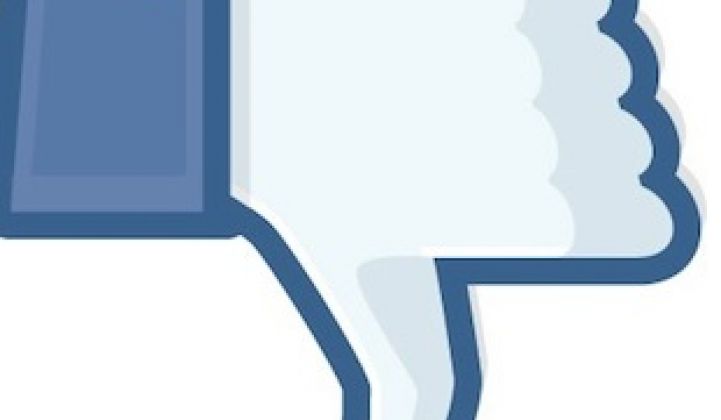Consolidated Edison provides electric service to about 3.3 million people in New York. Of those more than 3 million customers, 1,207 “like” the utility’s Facebook page.
While a utility isn’t as interesting as, let’s say, sleeping (80,972,949 likes), it’s easy to see why people wouldn’t bother to stay connected with their power company through social media.
On the Con Edison page, for instance, this is what it says in the abbreviated “About” section on the left side:
Customers experiencing a service issue can notify us on www.conEd.com or by calling 1-800-75-CONED. This page is monitored Monday-Friday 9 a.m. to 5 p.m. We will respond to questions on this page as soon as possible.
Is the Facebook page only monitored weekdays, 9 a.m. to 5 p.m., because that’s the only time the intern is in?
Con Ed is hardly alone. Other large utilities, including Florida Power & Light and San Diego Gas & Electric have about the same number of likes. Commonwealth Edison in Illinois has an impressive 41,965 likes, and retailer Reliant, which has focused on developing a social media plan, has 73,993.
Utilities better wake up, and fast, according to a white paper from Oracle. More than 57 million customers worldwide used social media to engage with their utilities in 2011, a number that will balloon to 624 million by 2017. The majority of that interaction is taking place on Facebook, with Twitter, YouTube and LinkedIn following behind (apparently no one is pinning utility poles on Pinterest).
The problem for many utilities is that social media is a standalone. Oracle notes that different channels need to be used in different ways and must be pulled into different areas of business. Some outage management systems can take advantage of tweets, while customer relations specialists could head off angry calls by responding to customers that are complaining on the Facebook page.
Social media can no longer be an afterthought for utilities (and clearly, Oracle wants to sell its social relationship management solution for utilities that can’t navigate the Twittersphere on their own). Also, like many other changing processes at utilities, Oracle notes that social media must be a constantly evolving effort that leverages data and analytics:
The better the utility becomes at leveraging and maximizing social communications, the more communication there will be to sort, evaluate, and respond to if there are any issues. […] Oracle believes that social media data will provide a deep well of relevant information for utilities seeking to improve both operational efficiency and customer relationships.
Oracle noted that Con Ed was able to get out in front of false information on Twitter during Superstorm Sandy, which is one of the most obvious uses for social media. But that should be just one piece of the pie. For utilities that don’t know where to start, here are four ways Oracle found that all utilities should be using social media:
- Quickly disseminating information and correct misconceptions
- Addressing customer concerns and complaints
- Conveying corporate branding
- Communicating during outages
From there, utilities can use social media for more sophisticated efforts, such as segmenting residential customers and mining data to build new programs. But that only works if someone (or some computer program) is monitoring social media all the hours of the day -- not just 9 a.m. to 5 p.m. on weekdays.



